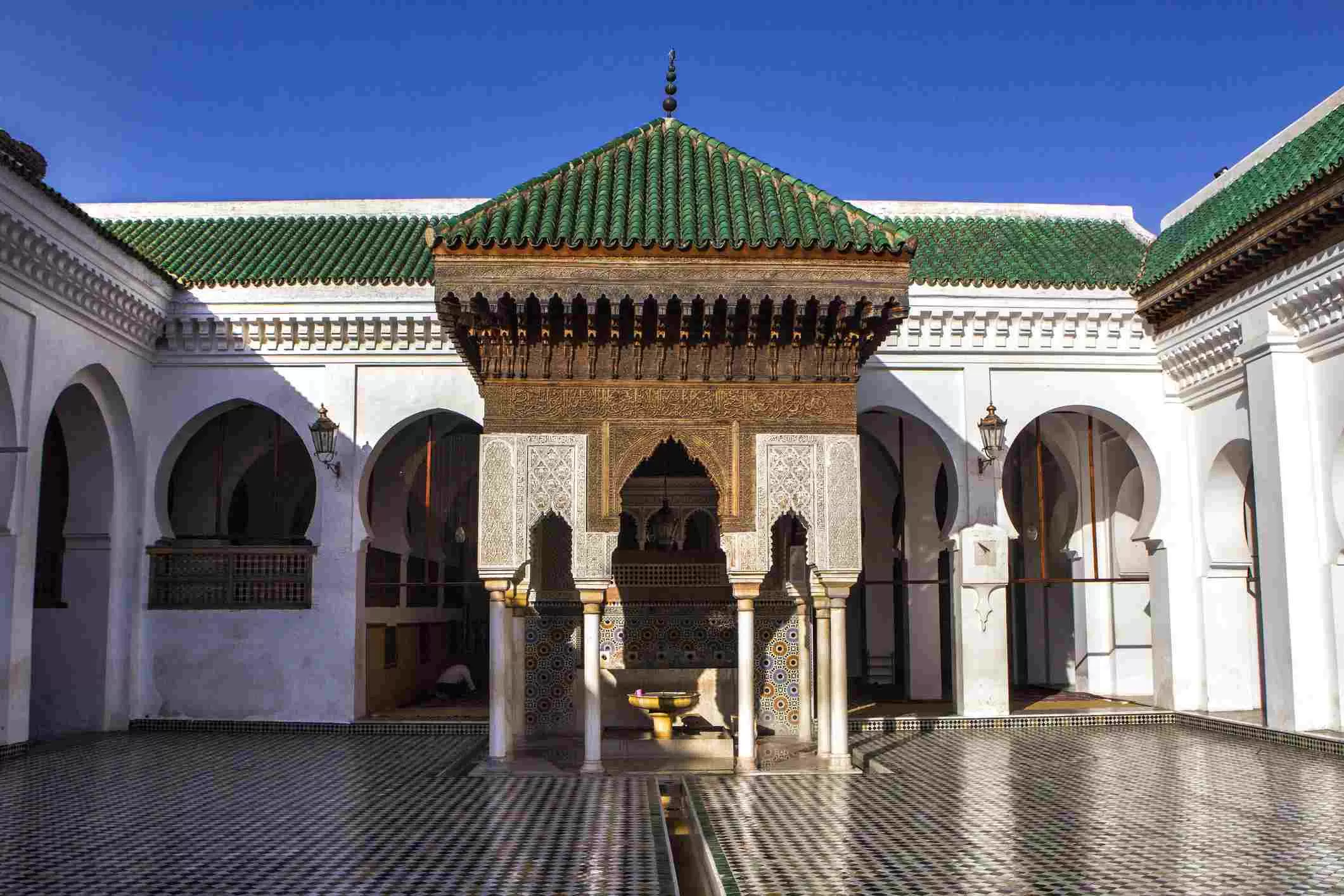Best Things to Do in Casablanca, Morocco
The contrast of magnificent architecture and unforgettable history makes Casablanca a fascinating place to visit. It is the amazing city that is gaining in popularity every year as it becomes cheaper to fly to Morocco.














